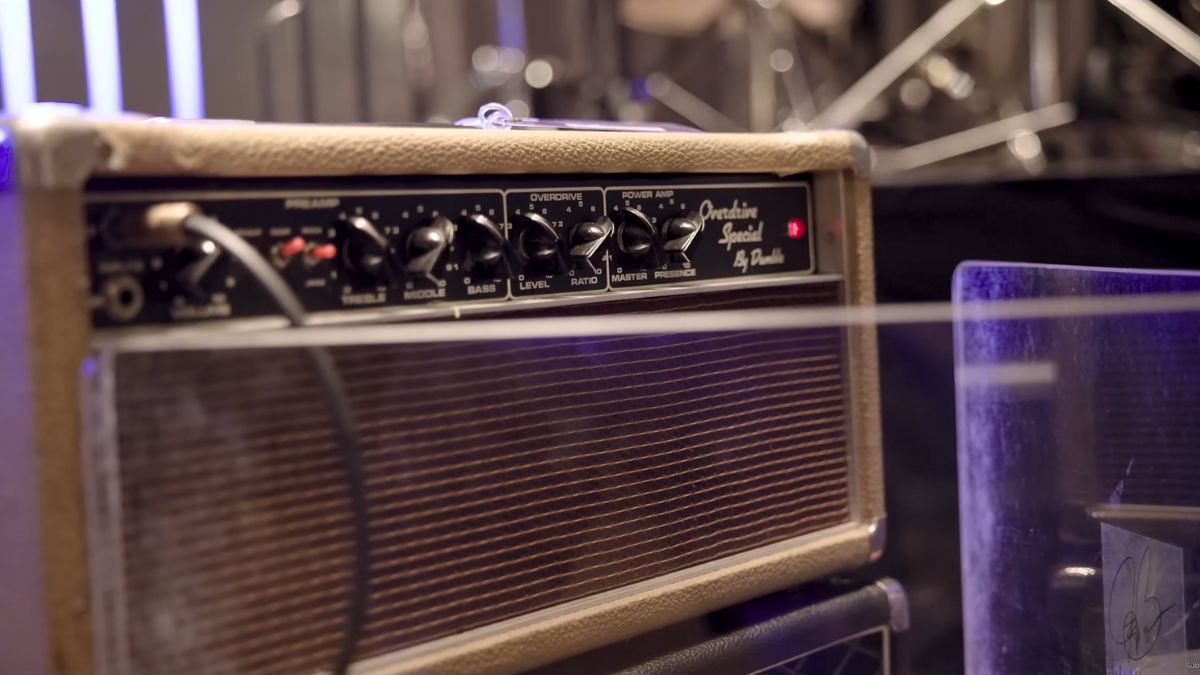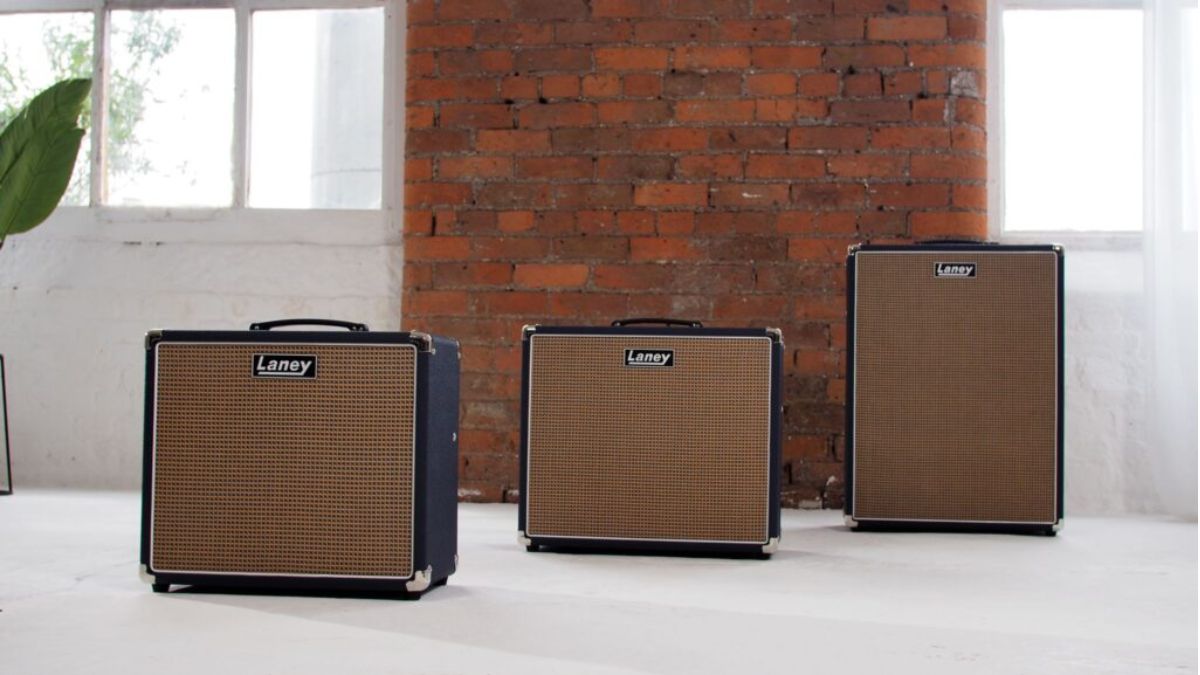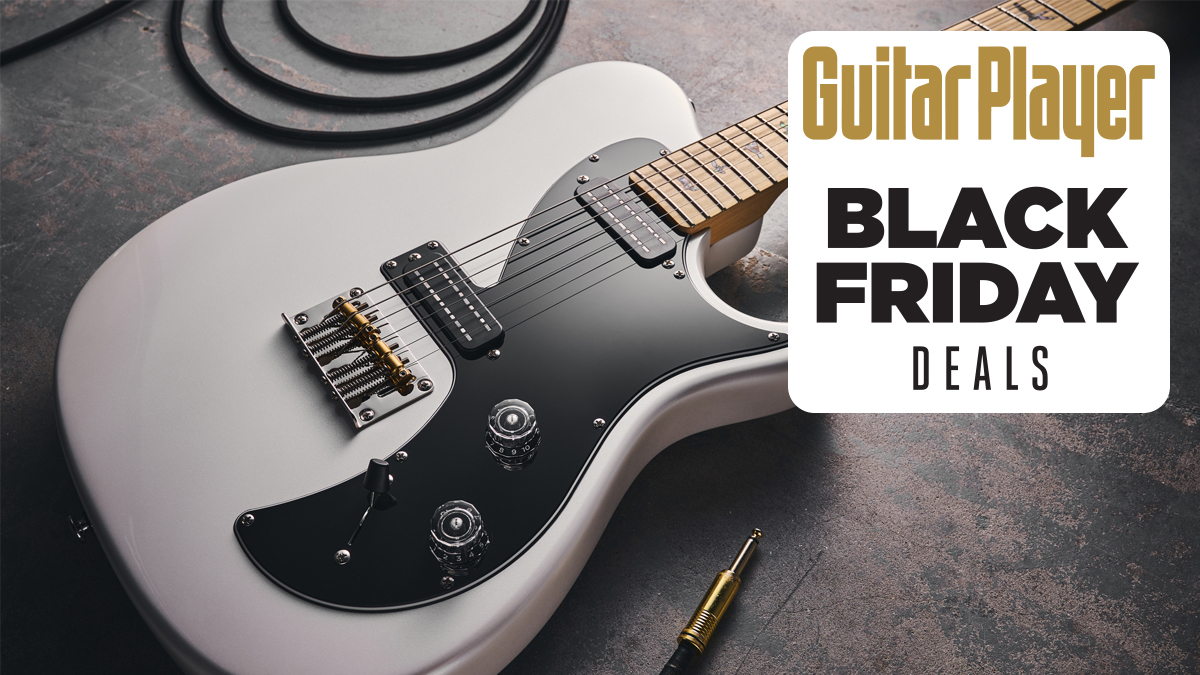“You don’t have to spend a lot of money to get a great sound, and it doesn’t have to be overly complex.” Joe Bonamassa explains how to choose the right amp for any gig without breaking the bank
Guitarists should focus on the venue, the band, and the situation and not the price tag, he says

By his own admission, Joe Bonamassa’s live rig — a.k.a. the “amp shanty” — is “the world's most expensive three-channel amp.” It features ultra-rare amplifiers and others with great historical significance, including a 1987 Marshall Silver Jubilee head and a 50-watt Dumble Overdrive Special. It's the Holy Grail of tone.
Naturally, not every player has Bonamassa's nearly limitless budget, nor the contacts to acquire such prestigious gear.
Thankfully, he’s given his best amp-buying tips, and he reckons getting hold of the right gear needn’t be expensive or complex.
Indeed, when his astronomically pricey rig isn’t on hand, Bonamassa tells Guitarist that he isn’t too fussy about what takes its place. Decision-making should be situational.
“If I’m just sitting in, I just prefer to play through whatever’s there. The only thing that will make me bring my own amp is if they go, ‘Yeah, we’ve got a Princeton Reverb’ and it’s a live band,” he explains. “Well, you can’t really move the needle there; it’s not loud enough. You’re just peaked.
“In any situation, you just want to bring something that’s appropriate. You don’t bring a high-powered '[Fender] Tweed Twin to a small blues gig. It’s just too loud. You want something that is power appropriate but when you solo it has enough headroom to where you feel it.”
Knowing how much power is enough, and how much will blow an audience away in the wrong manner takes a little tact. Granted, transporting two 4x12 cabs and a 200-watt tube amp to jam night at your local bar will always be overkill while taking a five-watt mini amp to an arena will never cut it.
All the latest guitar news, interviews, lessons, reviews, deals and more, direct to your inbox!
But Bonamassa says the venue isn’t the only consideration.

“It really is dependent on the drummer,” he continues. “The drummer and the rhythm section eats up a lot of the bandwidth on guitar, so if you have a loud drummer, in a small place, you need to balance the band. You need to have the power equivalent.”
In those cases, he adds that players should proceed with their power-up with caution. Think practically: If it’s a tricky-to-navigate venue with tight stairs and narrow corridors, lugging a weighty tube amp around might not be the best idea.
“You know, the older I get, the more I prioritize my general condition and the condition of my back,” he says, deep in thought. “If I'm in L.A., I have a lot of stairs. So, what goes down must come up.
“I just scale accordingly,” he advises. “It’s only one guitar, a gig bag, a protector case, and a cable. No pedalboard, no nothing.”

A more budget-friendly option here would be an amp with a switchable output, such as Boss’s Katana range, a Laney Lionheart, or a Marshall DSL 40-watt amp which can swap between 40- and 20-watts at the flick of a switch.
Bonamassa’s pick is a Fuchs ODS-50 because “it saves bringing these crazy valuable Dumble things around. And it does a really, really wonderful approximation of a Dumble,” he expands. “It's not a specific one. It's just it does that thing.

“You don’t have to spend a lot of money to get a great sound, and it doesn’t have to be overly complex,” he echoes.
“My rig is large. It’s not complex. It’s just bigger stages require more headroom. In this room, a [Fender] Tweed Champ would sound super-loud. All we have to go is 100 feet from here and you will barely hear it.”
Bonamassa has recently discussed his worst-ever gig where “not even the bartender was watching,” and how he turned a Spinal Tap moment into a driver to kickstart his solo career.
He's also named the 10 albums that changed his life, which left him ruminating on how many Les Pauls one game-changing albums on record helped sell.
A freelance writer with a penchant for music that gets weird, Phil is a regular contributor to Prog, Guitar World, and Total Guitar magazines and is especially keen on shining a light on unknown artists. Outside of the journalism realm, you can find him writing angular riffs in progressive metal band, Prognosis, in which he slings an 8-string Strandberg Boden Original, churning that low string through a variety of tunings. He's also a published author and is currently penning his debut novel which chucks fantasy, mythology and humanity into a great big melting pot.

